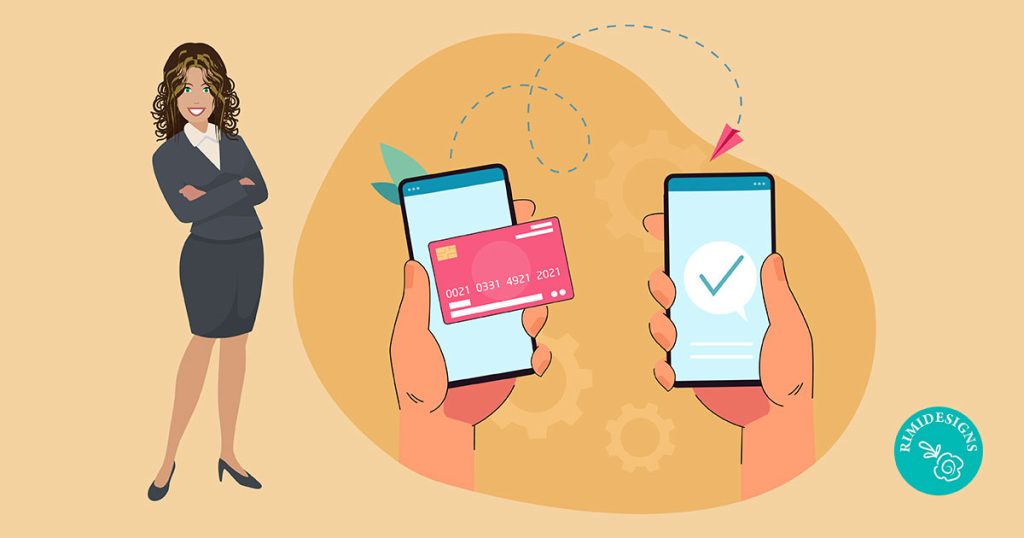
How to Train Your Clients to Pay Promptly
The majority of freelancers have trouble getting paid. Yes, it’s your client’s fault, but there is something you can do to help prevent payment problems from occurring in the first place. Think of it as a “payment training program” for your clients.
Here are 8 tips on how to train your clients to pay promptly.
1. Include an advance deposit in your pricing proposal
The amount can be negotiable, but you should insist on some significant amount that’s paid in full before any service is provided.
2. Set up a contract that makes policies clear and concise
- What fee for service will you charge?
- Are the times you want to get paid in the contract?
- Does the client know these things? MAKE IT KNOWN.
3. Check out your prospective client before you sign
Visit the client’s website and their physical location to observe if they project a professional image. Get a credit report, if available. Google the name of your client along with words like “problem”, “dispute” or “claim” to see if there’s any bad news about them.
Be wary of high turnover categories, like restaurants and faddish shops selling a single item like cupcakes or mac & cheese.
4. Accept all forms of payment and encourage credit cards
Accepting cards encourages a client to pay promptly – and once they do, you keep the money, even if the client fails to pay their credit card bill.
PayPal and Square both offer easy credit card acceptance solutions for small business.
If you use QuickBooks, Intuit offers a payment service that works directly from your accounting software.
5. Offer a discount for early payment
For example, if they pay within 15 days – or whatever you specify.
6. Have “out of pocket” costs billed directly to client
If your job requires postage, printing or supplies from a 3rd party vendor, have your client pay them directly, so you’re not on the hook for anything except your own services.
7. Build a relationship with the person who pays you
Invite your client for lunch and other social occasions. Get to know your client. It might make them WANT to pay you. You should always have their phone number, email and full address to contact them, regarding payment.
8. Continue to check on your client’s business over time
Your client may continue to give you assignments as if everything’s okay, even as their business is declining. Stop by for a friendly visit from time to time and keep your eye out for warning signs like empty cubicles, lack of retail shoppers or poorly stocked shelves.
Conclusion
Following these tips will increase your likelihood of getting paid without delay or drama.
If a client objects to the size of a deposit you request – or other payment terms – be willing to discuss it. But just remember that prompt payment itself is non-negotiable. A client getting your work today, does not have the right to pay for it 45, 60 or 90+ days later. Be firm and you will usually get what you ask for.
SOURCE: Freelancers Union



